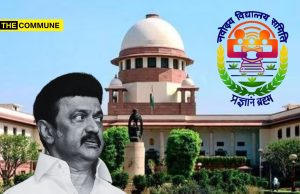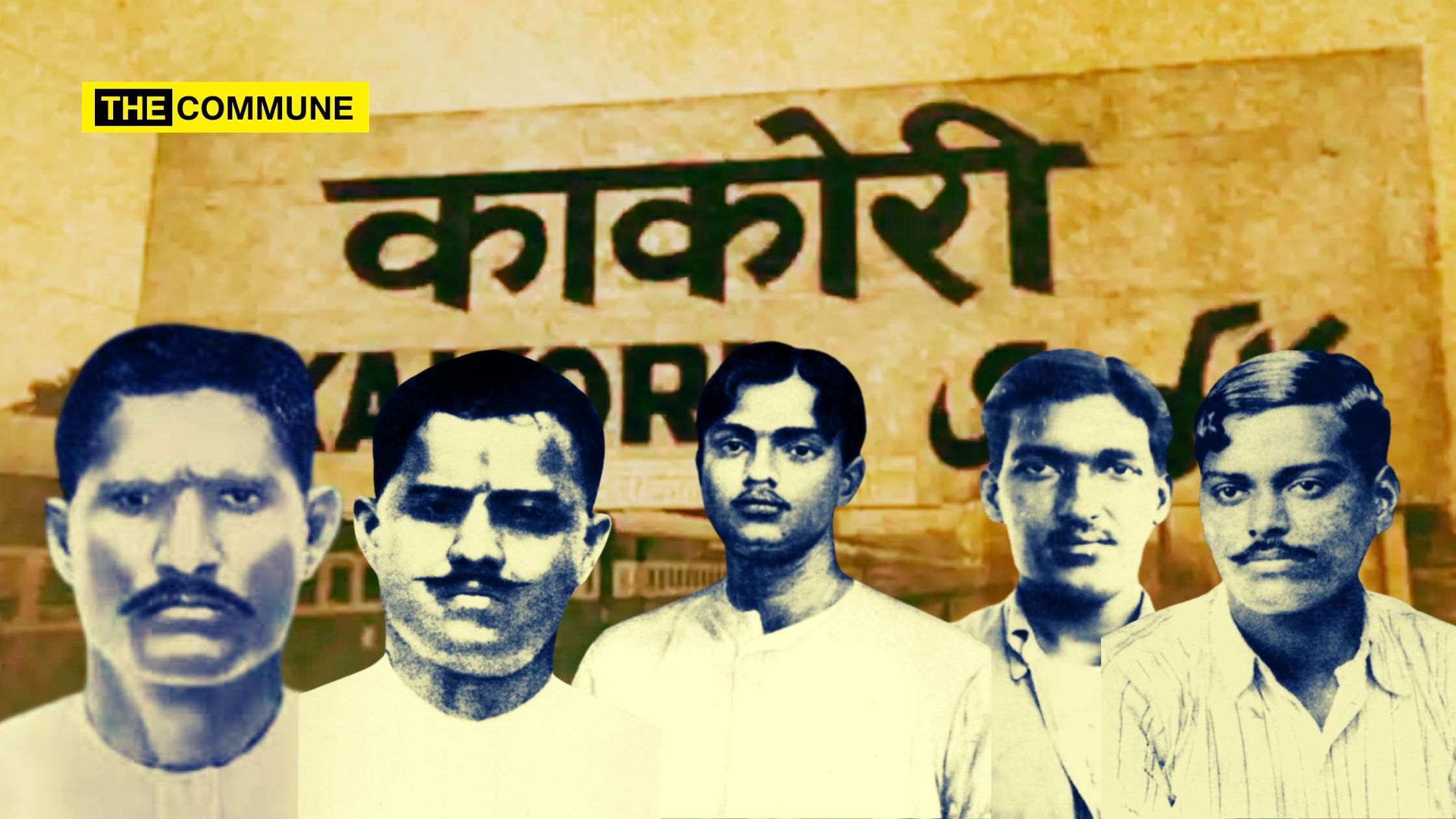
Nestled near Lucknow, Kakori is a small town known for its delicious kebabs, fragrant Dasheri mangoes, and intricate Zardosi embroidery. But beyond its cultural treasures and rich Sufi heritage, Kakori holds a profound place in India’s struggle for independence—a legacy often overshadowed in the annals of history. This quiet town became the stage for one of the most audacious acts of rebellion against British rule, led by the fiery revolutionary Ram Prasad Bismil.
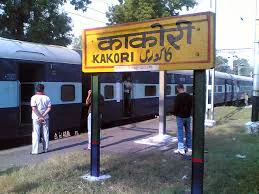
History of the Town
Kakori is also the seat of the Qadiriya Qalandari Sufi order and, since the 15th century, one of the main abodes of the Alavi and Abbasi branches of the Kakorvi Shaikh community. Like most of the towns in Avadh, it has large palatial homes of landed Muslim gentry. Many famous Muslim writers, such as Mohsin Kakorvi, his son Noorul Hasan Nayyier, who compiled Nurul Lughaat, a well-known Urdu dictionary, and satirist Ghulam Ahmed Alavi, hail from here.
Ram Prasad Bismil
The mastermind of Kakori was Ram Prasad Bismil, one of the greatest revolutionaries ever who had co-founded the Hindustan Republican Association along with Sachindranath Sanyal and Jadugopal Mukherjee.
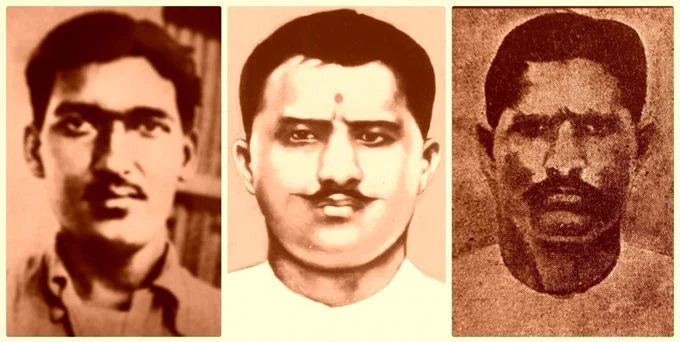
Bismil already had a well-running business in Shahjahanpur which he had left to organize the revolutionary movement. However, the lack of funds was proving to be a main hindrance.
The 8 Down between Shahjahanpur and Lucknow used to pass through Kakori daily, and that was the genesis of the plot. The intention was to stop the train at Kakori and loot the money bags, which would be used to fund the revolution.
Soon, a team was assembled, with his close friend Ashfaqullah Khan next in charge. Both hailed from Shahjahanpur, then a leading revolutionary hub. Ashfaq had long been an admirer of Bismil’s poetry.
Ashfaqullah initially opposed the plan, saying it was too risky and that the Government would crack down really hard. However, with others like Rajendra Lahiri and Thakur Roshan Singh supporting Bismil, he, too, lent his support.
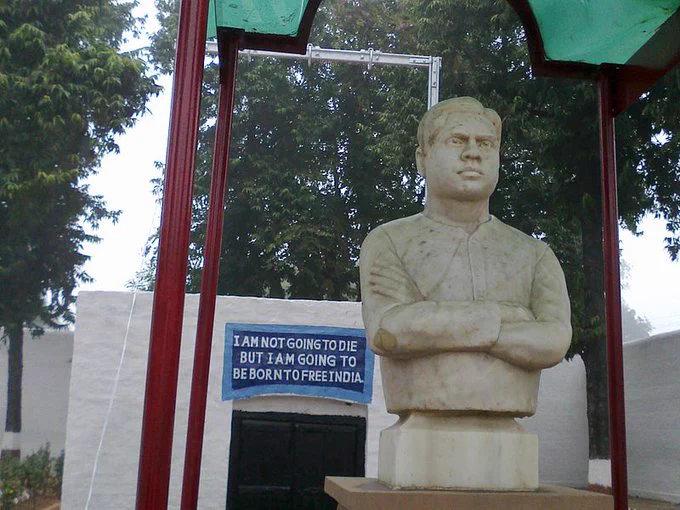
The other team members included Chandrashekhar Azad, Sachindra Nath Bakshi, Keshab Chakravarty, Mukundi Lal, Banwari Lal Pandey, Kundan Lal, and Pranawesh Mukherjee. Above all, the team had Manmath Nath Gupta, whose book ‘They Lived Dangerously’ would give an excellent perspective of the revolutionary struggle for freedom.
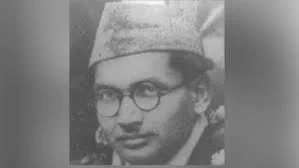
9 August 1925
It was around evening time; the revolutionaries had already boarded the train. Rajendra Lahiri pulled the chain at Kakori station while Ashfaqullah held the driver hostage with his Mauser pistol.
Ram Prasad Bismil pushed the guard down and removed the government money from his cabin. However, when none could break the safe, it was Ashfaq once again who managed to break it with all his strength.
There was no bloodshed, except for one passenger killed accidentally. Soon, the Government cracked down on the Kakori rebels, and arrest warrants were issued.
While Azad managed to evade the crackdown, Ram Prasad was arrested soon enough at Saharanpur, while Ashfaqullah went into hiding for some time. He would spend some time in Kanpur working at Ganesh Vidyarthi’s printing press. For quite some time, Ashfaqullah wandered all over the North from Kanpur to Bihar to Rajasthan, changing names. He finally went to Delhi and wanted to escape India somehow and meet Lala Hardayal. However, he was betrayed by his friend in Delhi to the police and arrested by Ikramul Haque.
The Trial
Around 40 more people from different cities were arrested. Prominent among them were Ashfaqullah, Bismil, Roshan Singh from Shahjahanpur, and Sachindranath Sanyal from Bengal. Of these, 15 were released due to lack of evidence, while Banwari Lal and Indu Bhushan Mitra turned approvers for a more lenient sentence. The trial began on 21 May 1926 against the remaining in the special sessions court of A. Hamilton. The revolutionaries were defended by Gobind Ballabh Pant, Mohan Lal Saxena, and Chandra Bhanu Gupta, among others. All the major leaders of the freedom movement, like Motilal Nehru, Madan Mohan Malviya, Lala Lajpat Rai, and Ganesh Shankar Vidyarthi, came out in support.
Finally, the verdict was pronounced. Ram Prasad Bismil, Ashfaq Ullah Khan, Rajendra Lahiri, and Thakur Roshan Singh were sentenced to death.
Sachindranath Sanyal and Sachindranath Bakshi were to be deported to Cellular Jail. Sanyal wrote ‘Bandi Jeevan—A Life of Captivity’, detailing his experiences there. Manmath Nath Gupta was sentenced to 14 years of imprisonment, while the rest received relatively lesser periods.
Protests and Political Impact
Widespread protests broke out against the verdict, and members of the central legislature petitioned the viceroy to commute the death sentence to life. However, by 22 August 1927, the main court endorsed the original judgement. Madan Mohan Malviya sent a clemency petition to Lord Irwin, with signatures from around 78 members, which was also rejected. S.L. Polak sent a final mercy appeal to the king on 16 September 1927, which, too, was rejected.
They were hanged one after another. Ashfaqullah was hanged at Faizabad and Ram Prasad Bismil at Gorakhpur on 19 December 1927. Thakur Roshan Singh was hanged at Naini near Allahabad on the same date. Rajendra Lahiri was hanged two days earlier at Gonda.
The voices fell silent, but the spirit would continue to inspire countless other revolutionaries. Kakori would be an important chapter in our freedom struggle, it’s another thing most of our political leaders don’t give much importance to this.
This is a list of the 40 odd arrested for Kakori. Some of their names are known, some are not.
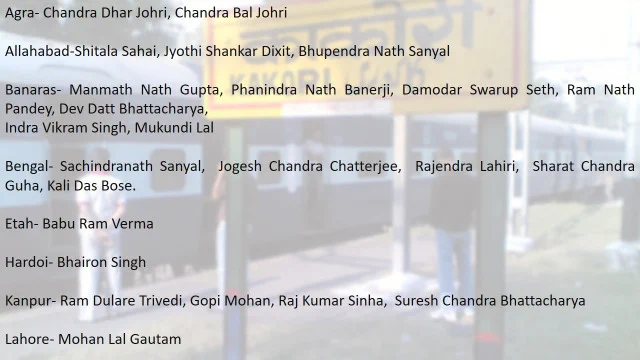
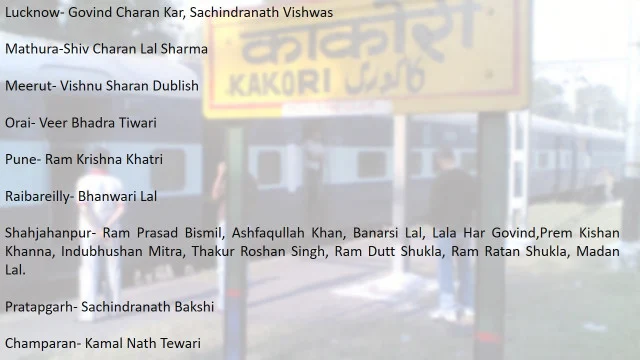
Conclusion
Two significant events in our freedom struggle are Kakori and the Naval Ratings Mutiny. But our political elite class hardly commemorates them, unlike the Quit India Movement, which hardly achieved anything. The impact of the Kakori and Naval Ratings Mutiny was far more on the freedom struggle than the overhyped Quit India movement. However, our political leaders only remember the Quit India movement.
Schools and other institutions do nothing on the anniversary of Kakori or Naval Ratings Mutiny. Also, when it comes to Kakori, we must acknowledge the contribution of Shahjahanpur, as the majority of those involved came from this town – Bismil, Ashfaqullah, Thakur Roshan Singh, Banarsi Lal, Ram Ratan Shukla, Madan Lal.
It is truly a ‘Shaheedon Ki Nagari’.
(This article was originally published in History Under Your Feet Blog and has been republished with permission)
Ratnakar Sadasyalu is a blogger with a passion in movies, music, books, and history. A techie by profession and a writer at heart. Author of City of Victory a book on Vijayanagar Empire.
Subscribe to our channels on Telegram, WhatsApp, and Instagram and get the best stories of the day delivered to you personally.




